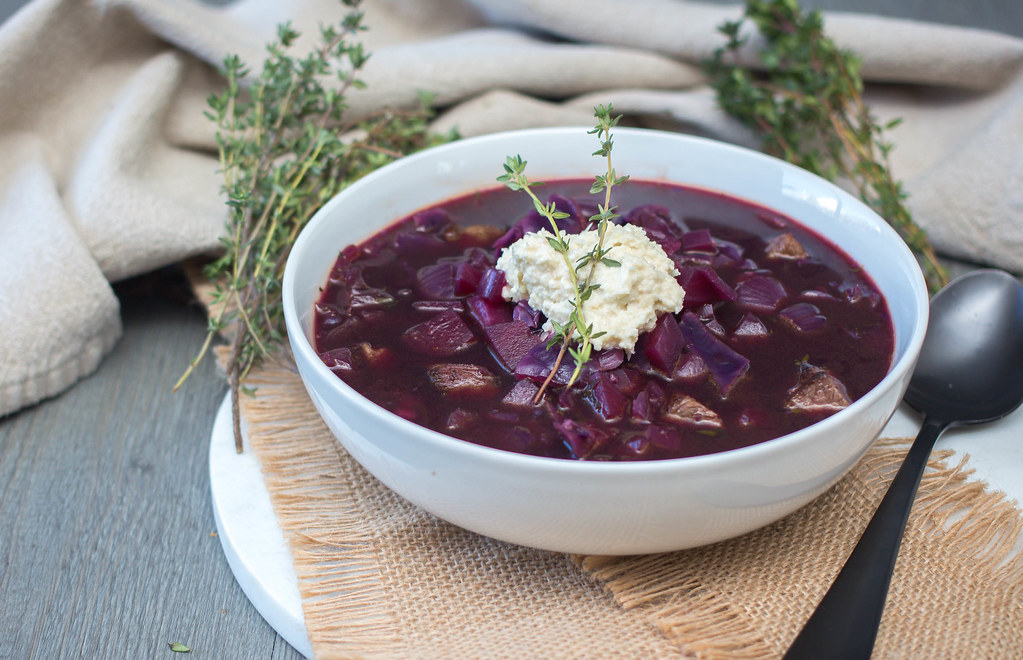An interview with Ada Calhoun, Columbia Journal 2019 winter contest nonfiction judge. Conducted by Rachel Keranen, print nonfiction editor.
What was it like to grow up in the East Village? It’s not a place I think of as having child inhabitants, though of course it does.
Growing up on St. Marks Place, there was a lot of chaos, but it seemed normal to me. Then I visited cousins in Ohio when I was about twelve and came back to my parents all, Did you know about this?! I was fascinated by wall-to-wall carpet, root beer floats, and kiddie pools. I felt a little cheated having been raised around splintery floors and borscht and drunk lunatics screaming below my window. And yet, looking back now I wouldn’t trade my childhood for theirs. As an adult, I love borscht.
What keeps you in New York now?
Well, most of my family and best friends live here. And I don’t think I could live anywhere else even if I wanted to. I get bored easily, and when I’m in a homogenous place for very long I get antsy. I love the Met, Central Park, the Mets, Coney Island, Joe’s Pub, B&H Diner, East Village Books, walking around random streets in Manhattan, saying hi to my Brooklyn neighbors each morning, the Museum of Natural History, Tompkins Square Park, bagels and lox… And the opportunities for my teenage son are amazing. There are something like 400 public high schools to choose from. His experience of New York is a lot like mine in some ways but it lacks the steady hum of danger that I felt in the ‘80s and ‘90s.
What questions or concerns motivate your writing? Is there a theme across your body of work?
I used to think everything was disconnected because I don’t have an area of expertise and just follow my interests. I’ve written about Bobby Shmurda for Billboard, women charged with felonies in Alabama for the New York Times Magazine, my marriage for the New York Times Styles section, New York City history, Generation X… But I’ve started to think that maybe I’m preoccupied with the redemptive power of a narrative, and with writing things that are vulnerable enough to make other people feel less alone because I want to feel less alone.
What routines or objects are essential to your writing life?
No routine. Every day is different. My only objects are a laptop and headphones in case the ambiance of wherever I’m writing that day—whether on my couch at home or the library or in a coffee shop—is too distracting. I listen to the Replacements and other things so familiar they function as white noise. And I have a composition notebook and cheap black pens for the subway or when I wake up in the middle of the night with an idea.
If you could have one author living or dead cast judgment on your work, who would you pick. Why?
P.G. Wodehouse. I think he’d punch it up.
In an ideal scenario, what’s their verdict? In a non-ideal scenario?
Ideal: he adds jokes about inebriated newt fanciers. Non-ideal: he doesn’t think it’s worth his time and instead we go to a Mets game. From a Stephen Fry memoir I learned that Wodehouse was a Mets fan late in life, which is my favorite new bit of information.
What’s one unexpected thing people should know about you?
I’ve never taken a writing class, but because of a grammar obsession, I studied Sanskrit translation at the graduate level throughout in my twenties. As a course of study it seemed very impractical at the time, but I think it made me a better writer and editor.
Ada Calhoun is the author of three nonfiction books: the New York City history St. Marks Is Dead (W.W. Norton, 2015), named a best book of the year by the Boston Globe and Kirkus Reviews; the collection of marriage essays Wedding Toasts I’ll Never Give (W.W. Norton, 2017), named one of the top ten memoirs of the year by W; and the Generation X-defining Why We Can’t Sleep: Women’s New Midlife Crisis (Grove Atlantic and Audible, 2020). As a freelance reporter, essayist, and critic, she has written for most of the major magazines in the country and many in the U.K., including Cosmopolitan, Glamour, The New Republic, Self, O, National Geographic Traveler, the Times Literary Supplement, andBillboard. For the past fifteen years, she’s been a frequent contributor to The New York Times Book Review.



